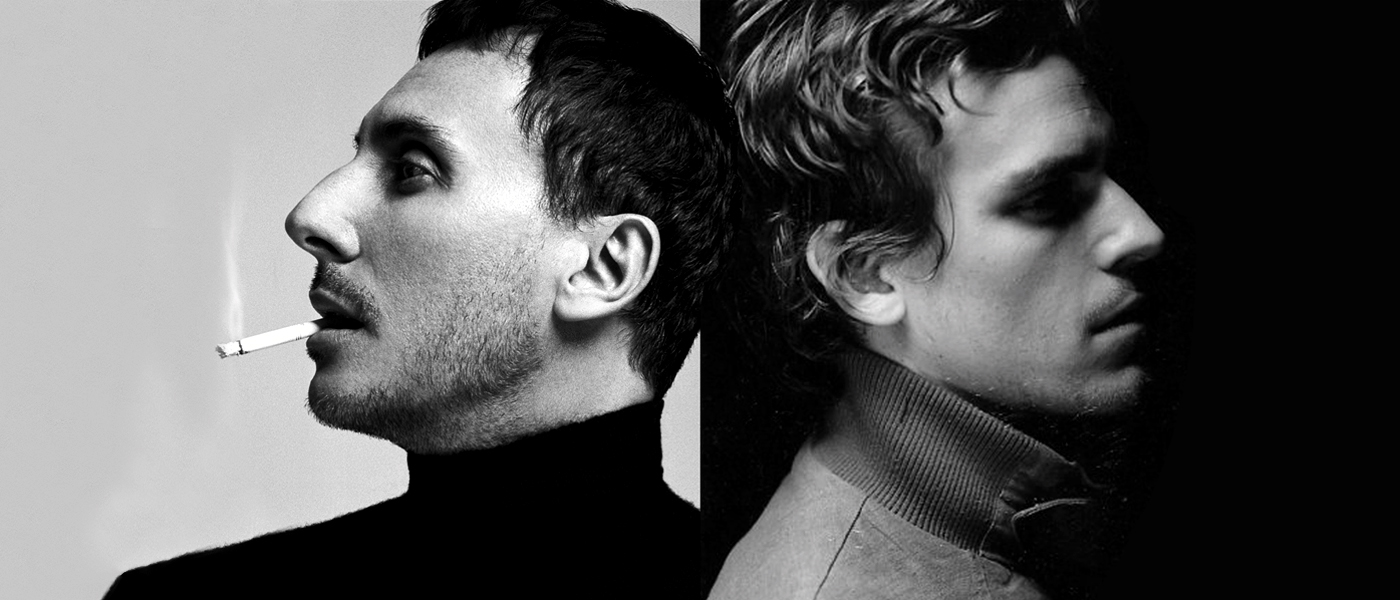While many photographers may seek to capture a moment, artisans Luigi Murenu & Iango Henzi have aspired to transcend the genre and capture something more… a spirit. In an exclusive for The Impression, Kenneth Richard speaks with the duo about challenging notions and inspiring dreams.
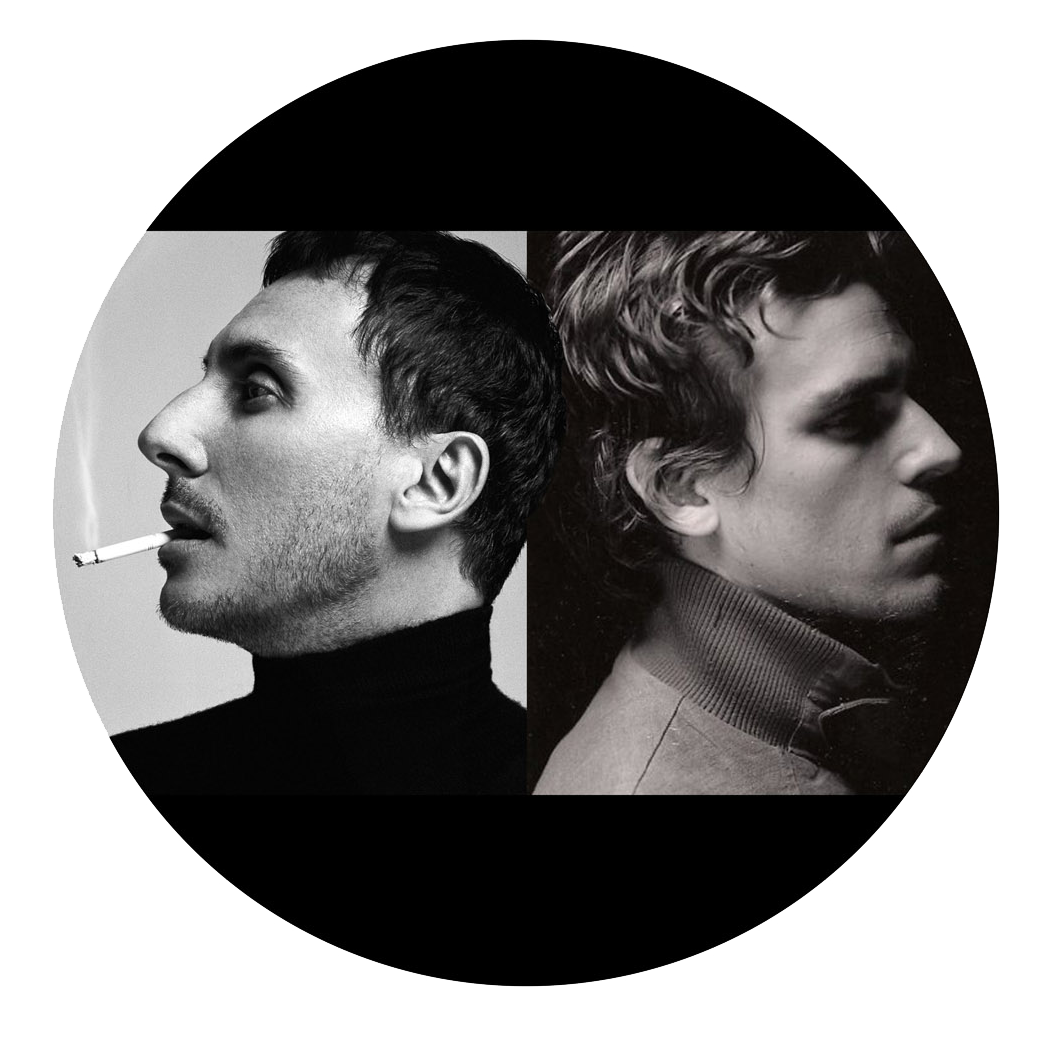
Kenneth Richard: Wonderful place you have here. Your own den of artistic serenity in the heart of downtown New York. Appreciate you having me over to hear about your world.
Luigi Murenu: Our pleasure. We love our space. With our crazy schedule, just finding a moment to enjoy it is a pleasure.
Kenneth Richard: The entrance alone is grandiose and breathtaking. Which isn’t unlike your photographs. But I’m sure your entrances into the industry were as unique as your place. How did you find yourself in fashion?
Luigi Murenu: Well, we each had different entrances for sure. I’m from Sardinia and began as a hairdresser when I was 18. A little runway, then a little editorial, and the next thing I knew, I moved to Paris, began traveling around the world, and was working with some of the best photographers in the business.
Kenneth Richard: So things moved pretty quickly for you?
Luigi Murenu: Yes, it seemed to happen all at once. I was privileged enough to meet the best people in the fashion business: Richard Avedon, Irving Penn, Steven Meisel, Craig McDean, and Steven Klein. They are the first ones that come to mind. Later on, came all the others, such as Mario Sorrenti. One minute I was doing hair at a runway show and the next I was on set with Madonna.
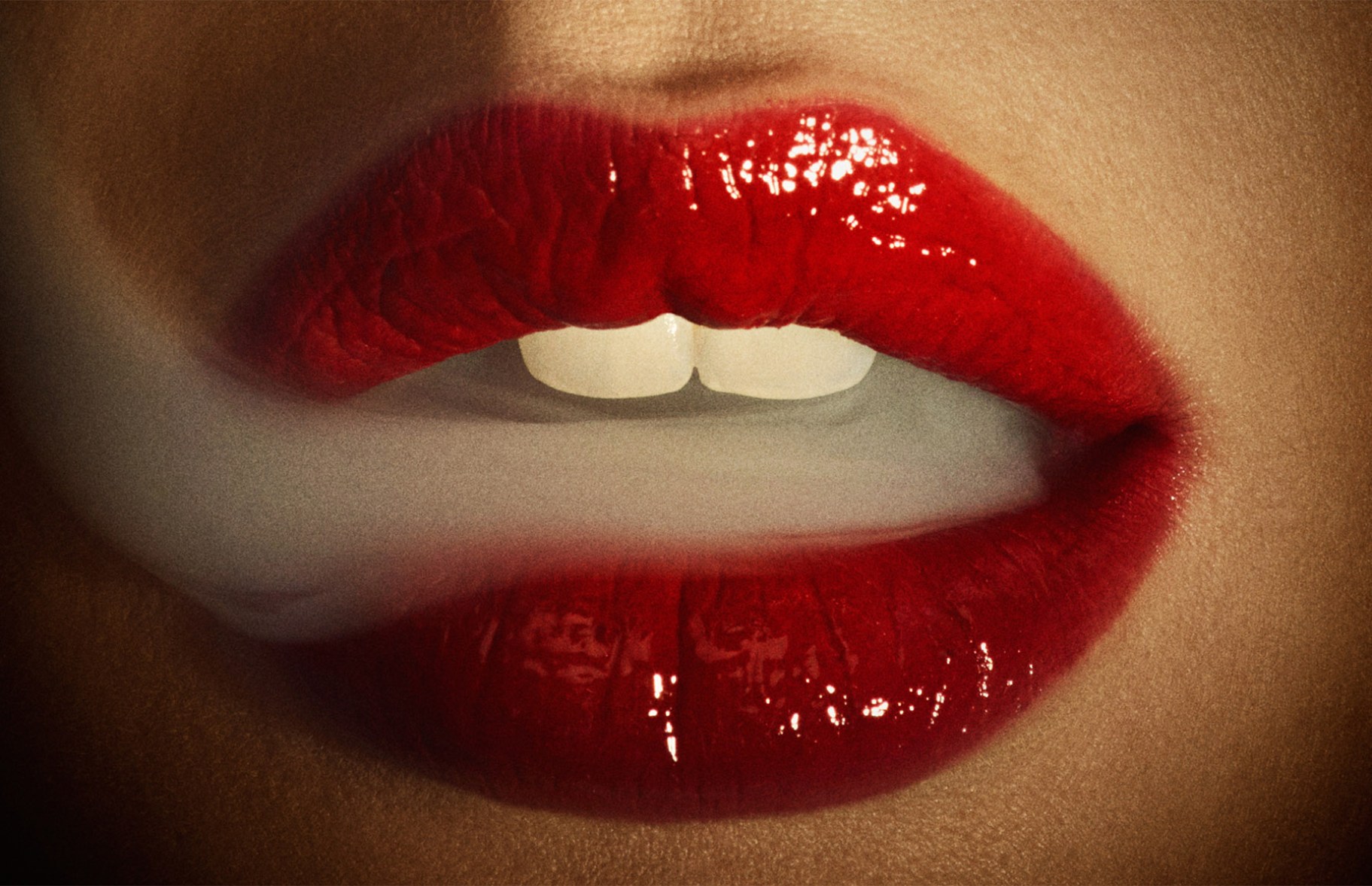
Kenneth Richard: Very few can say they have worked with Avedon and Penn and later transitioned to be photographers themselves. What were those experiences like?
Luigi Murenu: They were amazing! Iconic! Each with very unique styles.
All of the photographers I worked with had a real point of view. I had the opportunity to work with the most inspiring people and for this I am very grateful. These experiences have taught me and helped me to evolve into photography. Because of the shoots and work I did with them, I think that I maintained a kind of legacy through my hairdressing, and knew enough from everything I learned to leave hairdressing at the peak of my career. But before we move on, Iango has his own story of how he came into photography from ballet.
Iango Henzi: Yes, I was doing ballet until I was 23 years old, had an accident, and had to stop. I crossed over into photography by chance, and started to work mainly in still life photography at first – I had a few shows in galleries. Ballet is very much a disciplined process so I took to the camera in the same way, learning the technical process of photography. After meeting Luigi, he introduced me more into the world of fashion and it gave me a whole new direction.
Kenneth Richard: How did you meet?
Luigi Murenu: It was in Paris. We met at a party where we realized that we both spoke Italian. For weeks a friend of mine had been telling me about an artist that he wanted to buy a photograph from whom he wanted me to meet. It was only later that I realized I had met that same artist at that party and had been talking to him that whole time!
Shortly afterwards, Edward Enninful and Terry Jones gave me the opportunity to contribute to a huge story in i-D magazine with different well-known artists and photographers I had previously worked with. The project was taking a long time to complete, during this process I met Iango and I asked him to collaborate with me and the magazine, which began our first true collaboration between the two of us!
Kenneth Richard: So let’s talk shifting from being a supporting member of the narrative as a hairdresser to being a driving member of the narrative. Pretty brave.
Luigi Murenu: After 30 years, you start to develop your own vision. I knew a lot about lighting – technically, posing, and crafting an image. At one point it became so clear to me that I needed to express myself and to share with people that I don’t want to do just the hair anymore but that I need to be a photographer.
It wasn’t like I had an identity crisis. I knew exactly which door I was stepping through but in order to make that decision, I had to be ready to leave the golden stage of my career.
It was a very risky moment for me, but I felt as confident as I did because truth be told, I had been searching for it for a while and found it when I met Iango. Iango gave me the opportunity to explore photography from an honest, true perspective.
Luigi Murenu
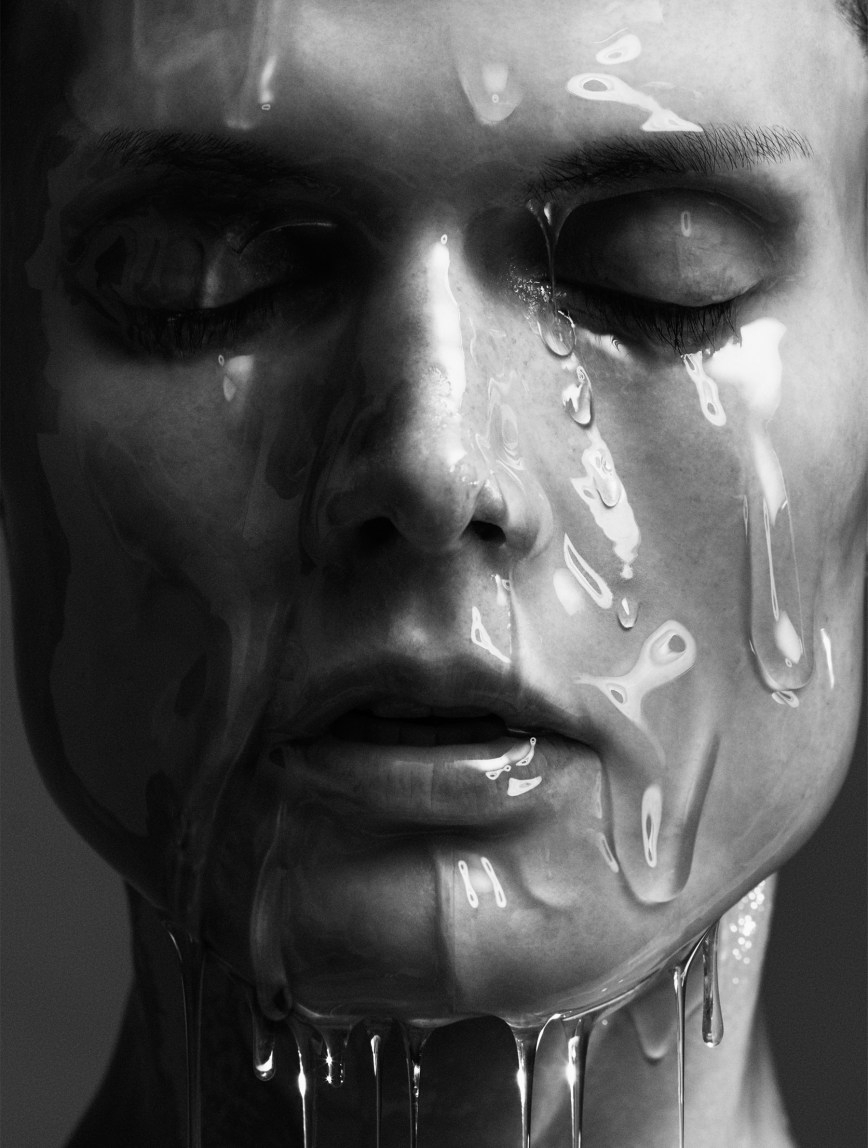
Kenneth Richard: It’s a great partnership. Making a change like that is rare, especially because you were well known and pretty secure. Creatives often put people in boxes, and when they want to get out of those boxes, aren’t always open to it.
Luigi Murenu: Right. I was rejected and criticized very harshly at first, especially from a few people that were in my close inner circle.
Kenneth Richard: Did that surprise you?
Luigi Murenu: Yes, honestly.
My hope is that my story will be a source of inspiration to others to have the courage and stand up for what they want to do and to follow the beauty in their own beliefs.
Thankfully I also had a lot of support from my friends who are designers, personalities and super models. My agent Robin Jaffee, Madonna, Riccardo Tisci, Kate Moss, Naomi Campbell, Donatella Versace, John Galliano, Anna dello Russo, to list some of the names, all of whom got behind me pretty early.
I love people who have talent and who are not afraid of others and of sharing their artistry.
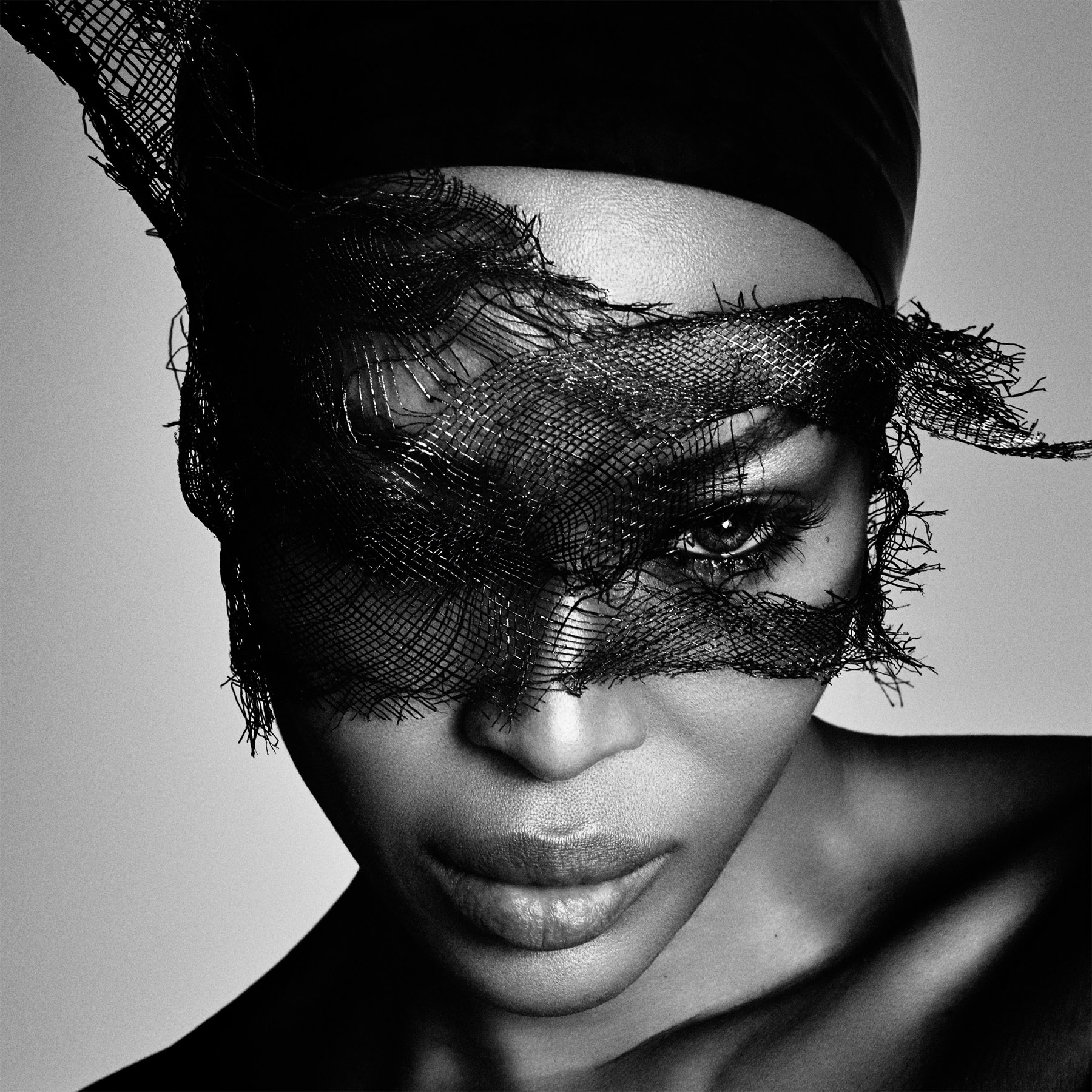
Kenneth Richard: Was there a publication or brand like Givenchy or Versace that got behind you?
Luigi Murenu: We worked with i-D Magazine, shot a Versace Jeans campaign straightaway and then a few jobs for Givenchy.
Iango Henzi: i-D Magazine was a very big story and the magazine gave us so much support from the get go.
Luigi Murenu: We ended up doing three stories for them with 60 pictures per issue. All of the supermodels signed up to work with us, which was so great because I was working with them almost every day for years. They really came through and have shown so much support for me, and for us as a team.
Giovanni Bianco was also one of our first supporters, to really believe in us. He knew Iango before we had met each other and I knew him from working together in the past.
Kenneth Richard: How does that work when you and creative directors like Giovanni Bianco all get together?
It becomes more beautiful if you are capable of collaborating with other people. I think it’s important to be open-minded and create together.
Iango Henzi
Iango Henzi: You need to be the orchestra chief with great energy to see the project through to its completion with lots of collaborations. Your direction is crucial because when you have a clear vision from start to finish, the middle is freedom.
Luigi Murenu: The challenge. We like to be challenged all the time.
Kenneth Richard: Where do you find your challenges today?
Iango Henzi: Everywhere! I think one of the biggest challenges we find today is to bring the quality and beauty we expect from ourselves delivered within very short and trying deadlines. Everything is so fast and demanding, with less creative approaches and less care for the beauty and dream of the artists that, in the end, we all strive and hunger for. In our work it is essential that the quality and the dream is not compromised to these demanding deadlines.
Luigi Murenu: It is very important for us to not limit ourselves.
Iango Henzi: Yes, because when you do only one thing, it does not show enough of a point of view as an artist. It is important for an artist to have a style, but the style should be very versatile. You need to be able to express yourself in different ways.
Luigi Murenu: I feel that we have accomplished this by following our instincts.
Iango Henzi: You have to love what you do. But challenge is required!
Kenneth Richard: Working in pairs can be a challenge, too. How do you two work together?
Luigi Murenu: Being an ex-dancer, Iango is very precise. He’s very polished and focused in all of the work that he does with the lighting, styling, and so on. I’m much more impulsive. I can decide at the last moment to propose something different for the hair and makeup, or even change the mood of the shot. But we do these things together, there is no artifice. We come together to create; we are two people in one soul, with one view.
Iango Henzi: We have almost the same taste – but we do see photography, fashion and women in slightly different ways.
Luigi Murenu: I like to be spontaneous! Yet, for 30 years I worked in a very disciplined manner. Sometimes you can have a thematic approach, but for me, it’s not enough. I’ve learned that inspiration is a process of evolvement and constant transformation or evolution on a theme.
It is important to maintain your vision and at the same time to continue to be influenced by outside forces and create the image that you want to express. I think today we are missing a little bit of that ‘dream’ we are hungry to express as artists.
Iango Henzi
Iango Henzi: As photographers, we are lucky to be in a moment where we have access to so much. We are able to get the best quality in everything – the best computers and the best teams. I think this is the right moment that will allow us to create something exceptional, something extraordinary. There is too much ordinary in the world and I think this is an incredible moment for us to be able to mix strong concepts with an amazing quality of image.
Luigi Murenu: Fashion is interchangeable with the time in which we live.
Iango Henzi: Our eyes are alike. This is very evident when we do our editing with our pictures. We almost choose the same picture every time we edit.
But, we also help push each other creatively. Sometimes when one of us is too technical, it can end up being very boring – Luigi has challenged me to take more risks in this way. For example, we were shooting an all-white fashion story with a very romantic feel. We were working with Natasha Poly, and were shooting in HMI, which is light that is very difficult to move. After having taken some pictures that looked technically beautiful but safe, we were searching for a more interesting point of view in order to create a stronger, more dynamic story. Luigi suggested we do something completely different and put Natasha Poly against the light. Everyone thought this was a crazy idea, but I said, let’s see what happens! When I saw the pictures coming through the screen, the images were so beautiful and refined. He had taken a risk and the result was incredible. It showed me something completely different.
Luigi Murenu: Of course, there are certain rules in lighting, but you don’t have to follow the rules. It was a typical steady light setup to make Natasha look her best, but I felt that it was becoming claustrophobic. I decided to move around to find other volumes within the light. I found a completely different volume than the original lighting we had originally settled on, and once we started to move around, the shoot became so incredibly magical.
We are happiest when we are somewhere taking pictures. When I am on the set with Iango, I feel inspired by how much he cares. The great thing is the trust and freedom of expression that we allow each other, which keeps things very interesting! After all the freedom to collaborate with each other, we work together to accept this single mind we have with one another, this is what completes our achievement between the both of us as a team. His caring nature and the way he deals with people, for instance, is so very inspiring to me. He has taught me how to erase myself and to become not only a better person, but also a better artist and photographer.
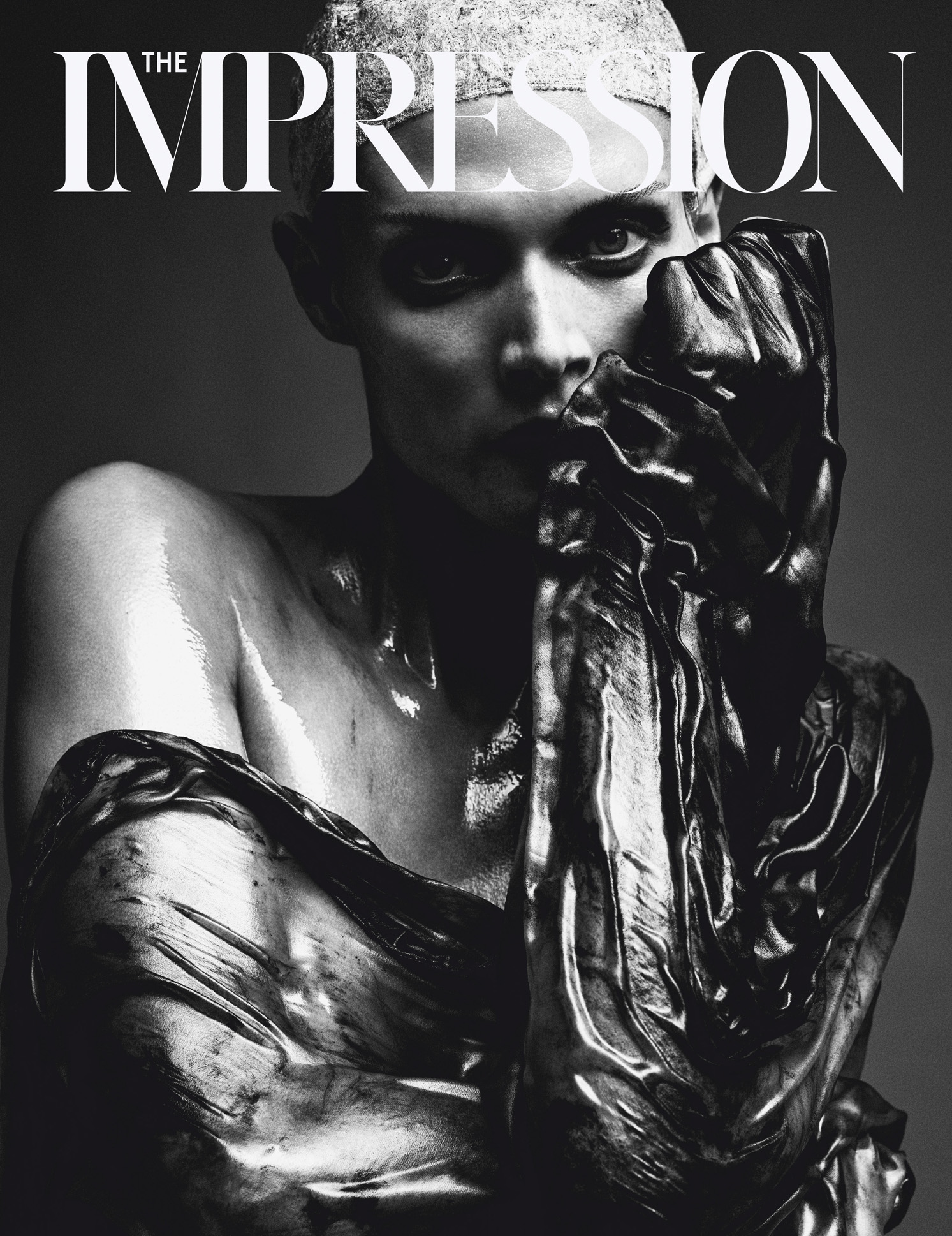

Kenneth Richard: So before that Natasha shoot, do you two spend a good deal of time concepting ideas?
Iango Henzi: Usually every moment.
Luigi Murenu: Sometimes we have an idea of a certain texture or photograph or a certain movie that we put in our head, which we like to reinvent or deconstruct. From these ideas, we go back and we transform the original idea or maybe we’ll say, ‘No that’s not right.’ It’s a constant conversation, always an open discussion which will eventually determine the best way for us to finalize our creative vision.
The work between us is a collaboration with the whole team, from the models, stylists, makeup artist, retouchers, set designers, to our studio managers. It’s a constant discussion and preparation to make something that is special and unique because without the support of a team, what’s the point? Otherwise, it becomes a routine and routine kills relationships, it kills in politics, creation, it kills everything. We need that constant change – in order to create the challenge.
Iango Henzi: It is the excitement in creating art.
Luigi Murenu: There is a certain easy judgment, in general, in a jaded world of those who have seen everything, but for some of us this turns into monotony or boredom and, in actual fact, mediocrity. When we seek more, the result is always better, it brings richness and knowledge. It’s like reading books. You read books because you want to hear a story, you want to hear an emotion. You can reach that emotion not only by reading books, but visually when going to movies, or even observing people in the street talking. It is called internal research.
Iango Henzi: Yes, and that starts the minute you walk out your door and pay attention to what’s happening on the street and by observing the energy of the everyday life changes and influences surrounding you.
Luigi Murenu: There is always space for us to learn, not just from the past but also from the present. So you can understand what will circle back in the future. It’s that constant open dialogue that we surround ourselves with, not only between us but also from our surroundings. We love to learn and to really express in photography the kind of energy that we absorb.
We accept ourselves as the challengers!

Kenneth Richard: Thanks for the catchy title! You mentioned film and how film could be an inspiration. I know you have made films, but have you ever thought about making a feature film?
Iango Henzi: Yes, it is complementary to photography and eventually could, one day, be a part of our future. Who knows…
Luigi Murenu: It’s another treatment, another expression of creativity, influences and inspirations. There is only a certain emotional input that you have in a still image, that you can catch only within that one moment.
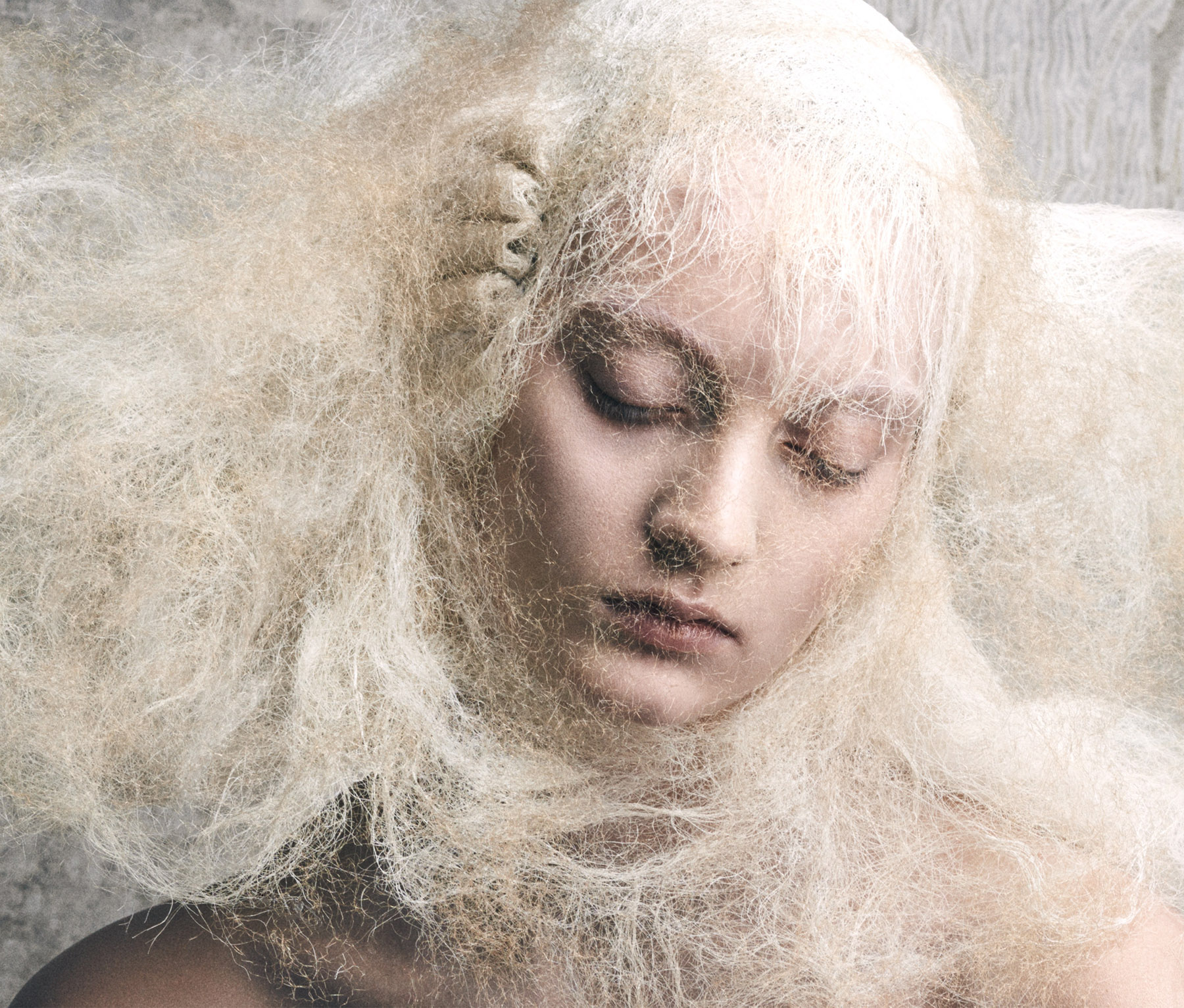
Kenneth Richard: Have there been types of projects that you would like to do that you haven’t had a chance to do yet?
Iango Henzi: We have a lot of projects in mind but it hasn’t been the right moment yet. For us, it’s really important not to rush and we want to have all of the right elements in place.
Luigi Murenu: Sometimes we run into a project that we want to do and maybe there is a specific circumstance that needs to take place for that specific project. I believe that everything has the right time and the right place, this is always the best combination in order for things to be successful.
Kenneth Richard: Time has been a subject of late as many feel they need more due to the demands of digital. I, personally, think of your work as artisanal. But do the demands of digital affect you?
Iango Henzi: It doesn’t affect us so much.
When we hear digital, we think more of what we can create with digital now, in that moment. We just shot an amazing story in Polaroid. It was the right thing for the story because we really wanted to have this poetic, timeless moment, and it was crucial to have this element because you have the past and you have the delicacy of physical paper. When you scan the Polaroids, there is something so real, which you cannot create through digital photography. It is important to know where and when to use certain elements for what you want to express.
Luigi Murenu: We can create a type of sensitivity that we are passionate about in imagery, which is essential. We like to give the same artisanal feel to our work when we shoot digital because we use the same sensitivity, respect and treatment as when we shoot film.
Iango Henzi: It is the detail that is essential, not whether you shoot in digital or film. We care about all of the influences, whether in digital or film, and what they bring to a shoot. It does not make a difference whether we are shooting one or the other, it won’t affect us or the aesthetic in a major way because the result will be almost the same with some variation of texture, grain and coloring. If you do something that excites you, and allows you to give landscapes of imagery, it doesn’t matter at this point if it is film or digital. As long as you remain artisanal in your approach, we say, ‘Yes!’ and love to work with both.
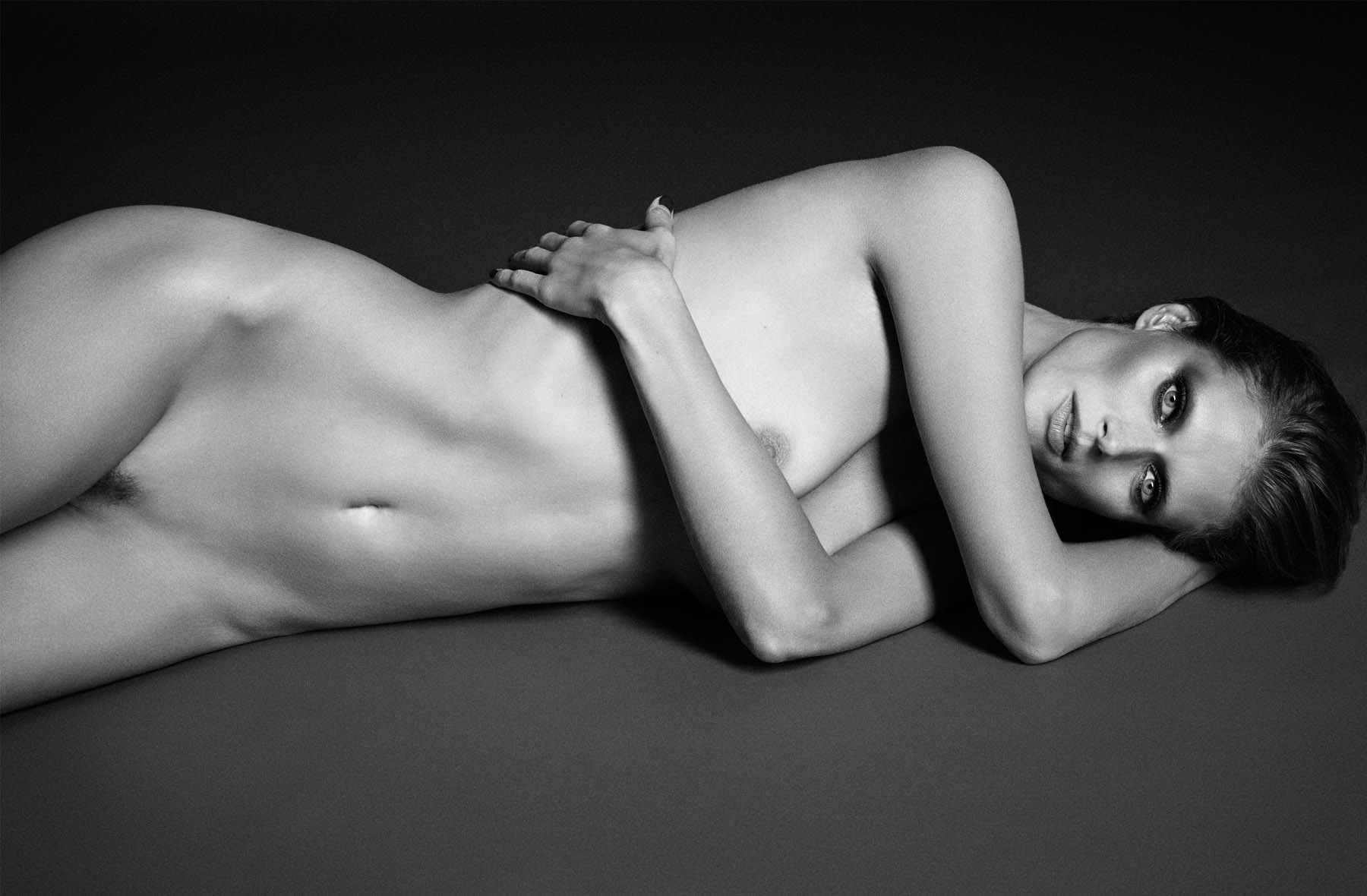
Kenneth Richard: Well, I want to thank you for saying ‘yes’ and giving us a chance to learn more about you and your work.
Luigi Murenu: Happy for the opportunity to share. We are inspired by others and hope our story is an inspiration, too.
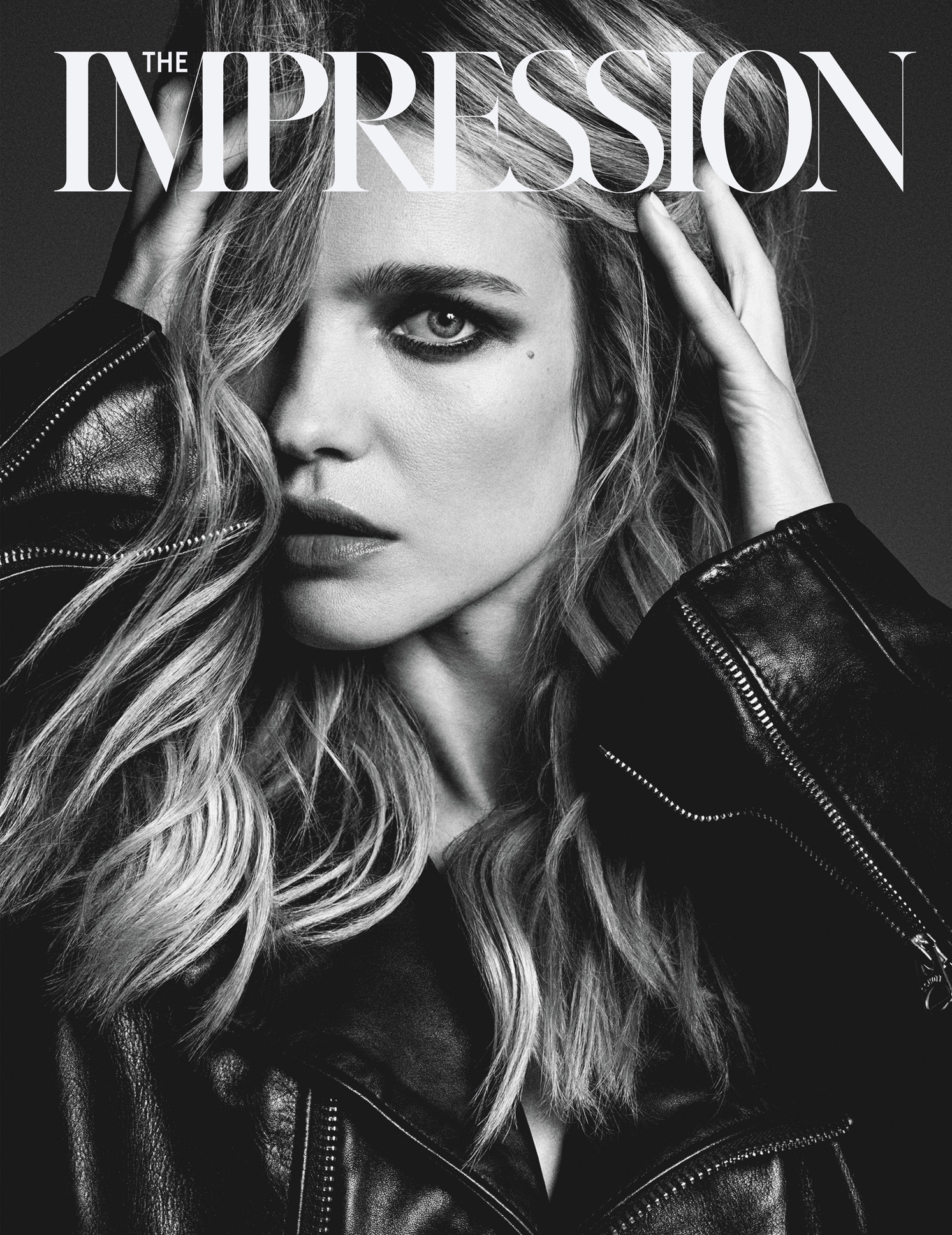
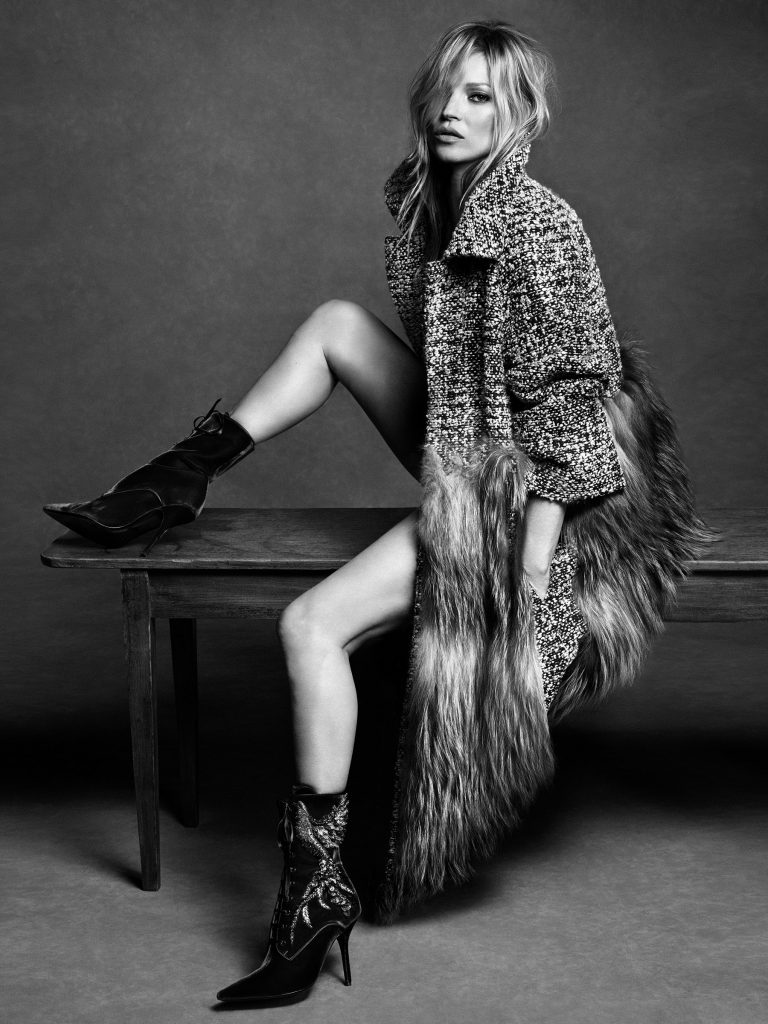
Kate Moss 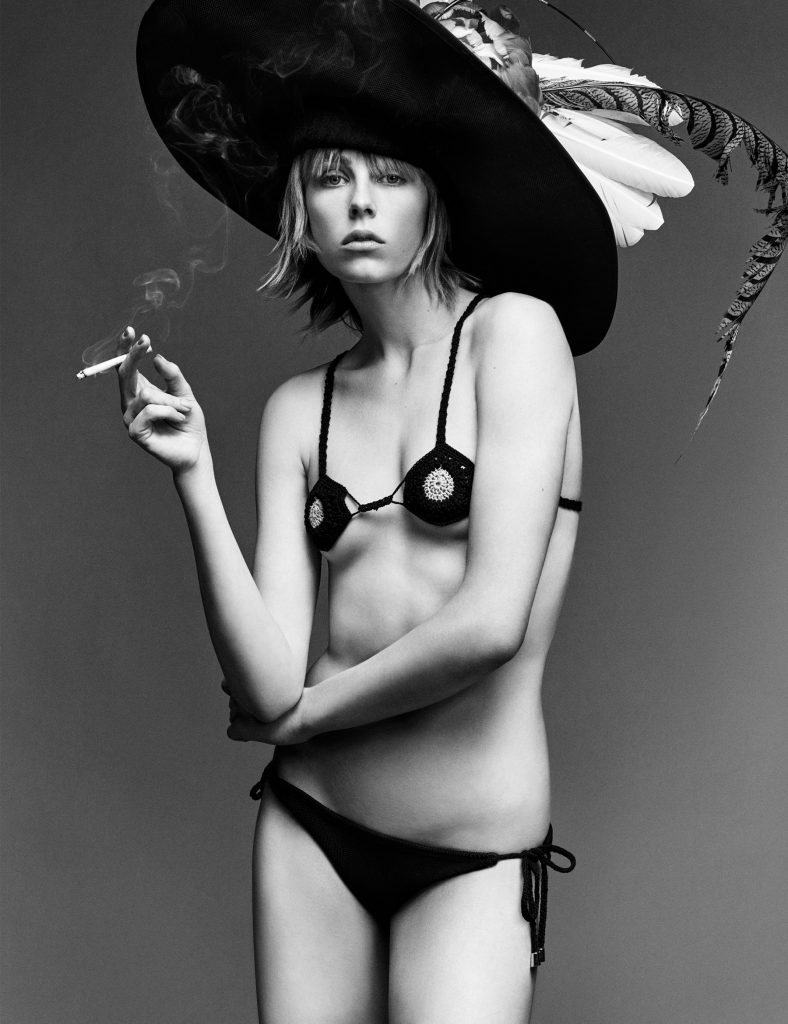
Edie Campbell 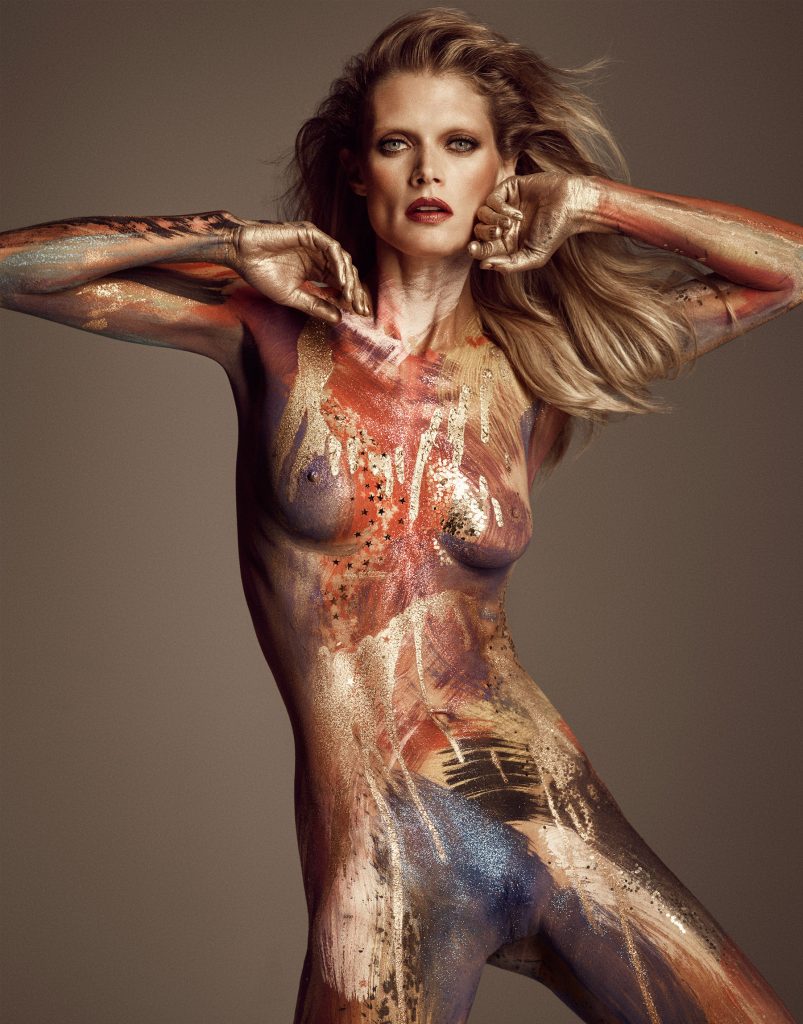
Malgosia Bela 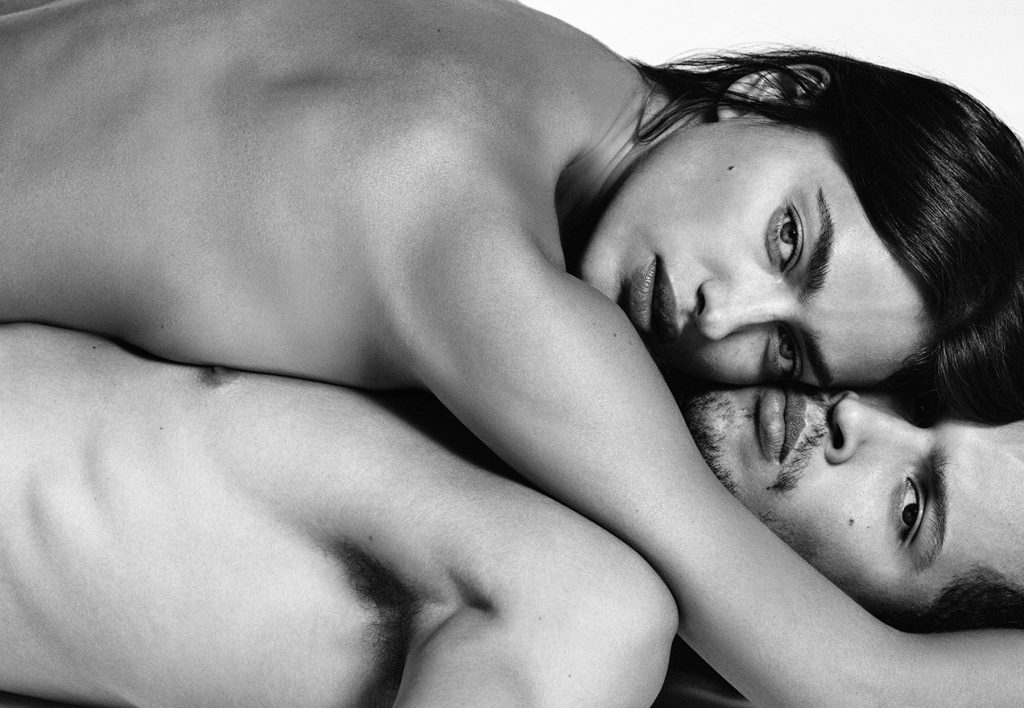
Irina Shayk & Chris Moore 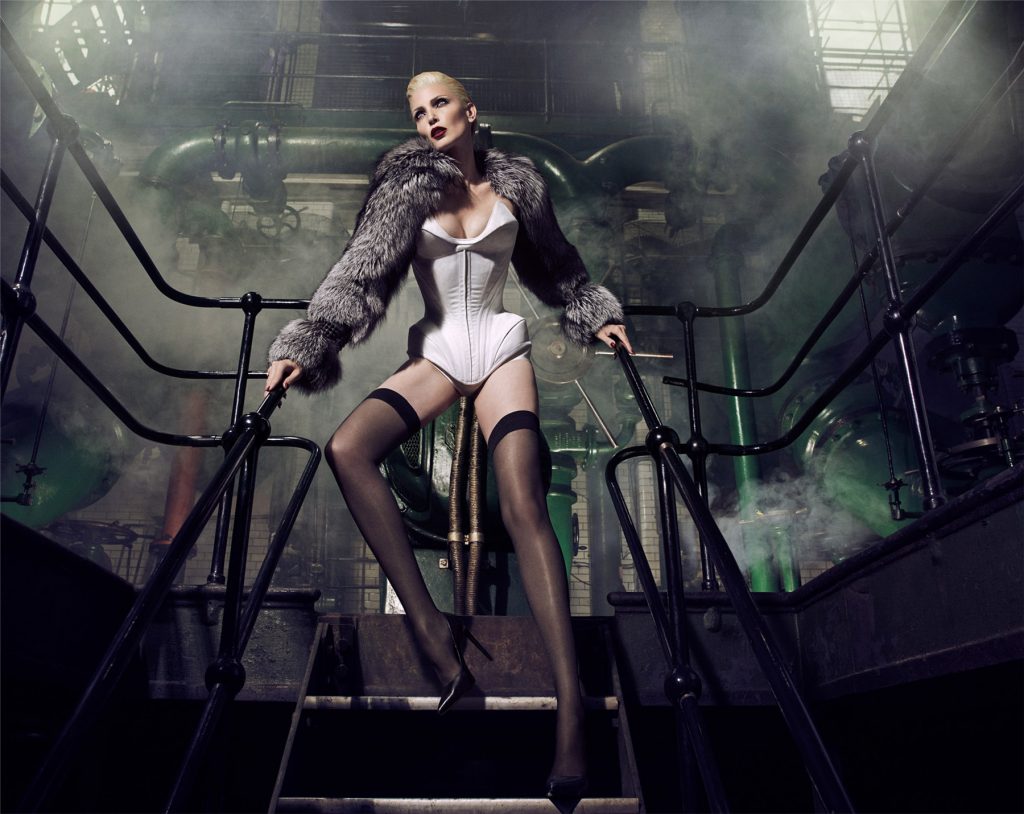
Nadja Auermann 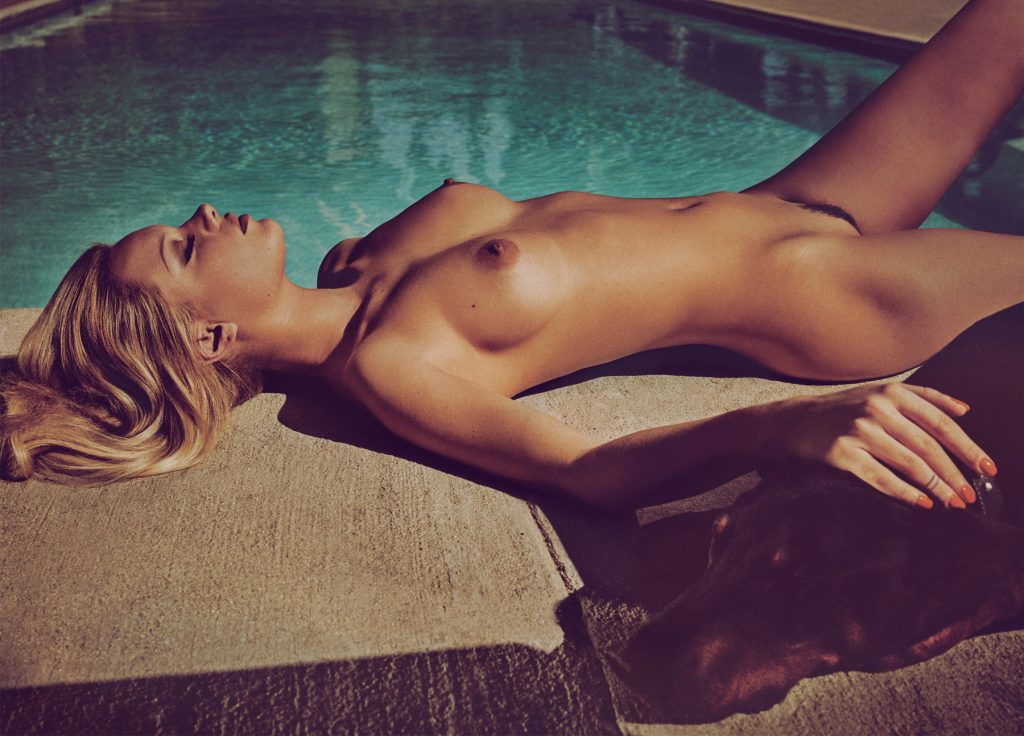
Camille Rowe 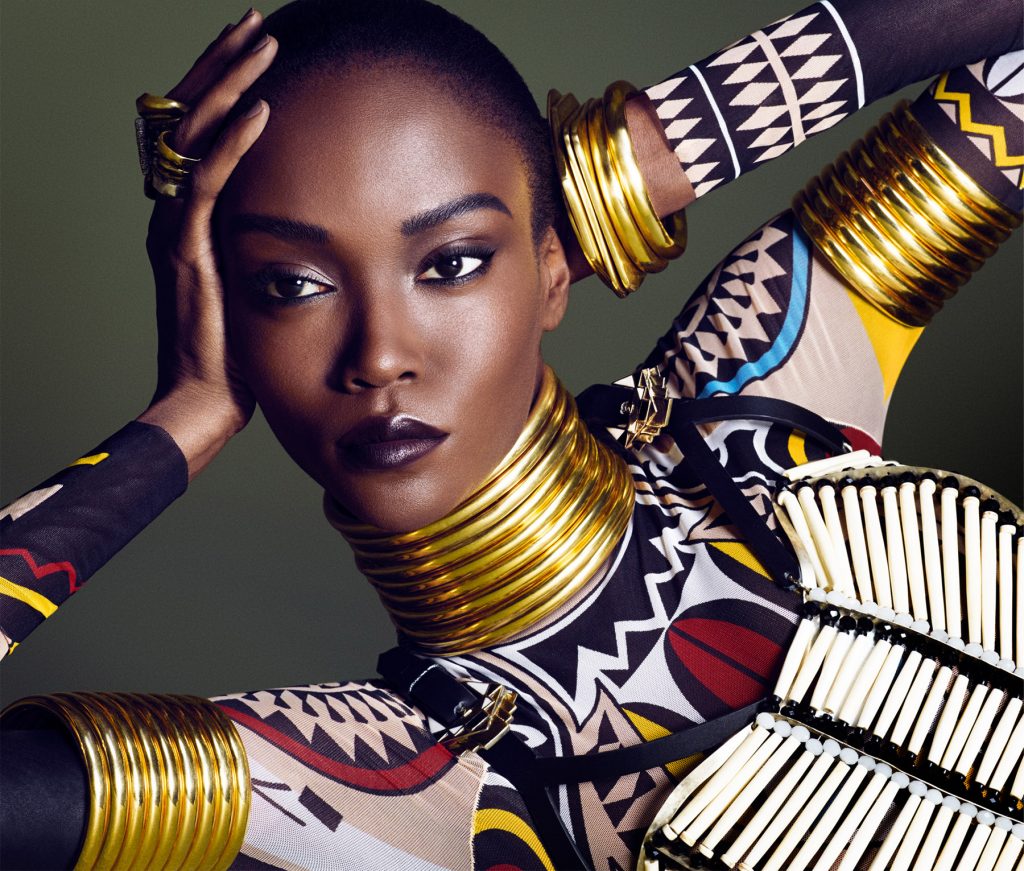
Riley Montana
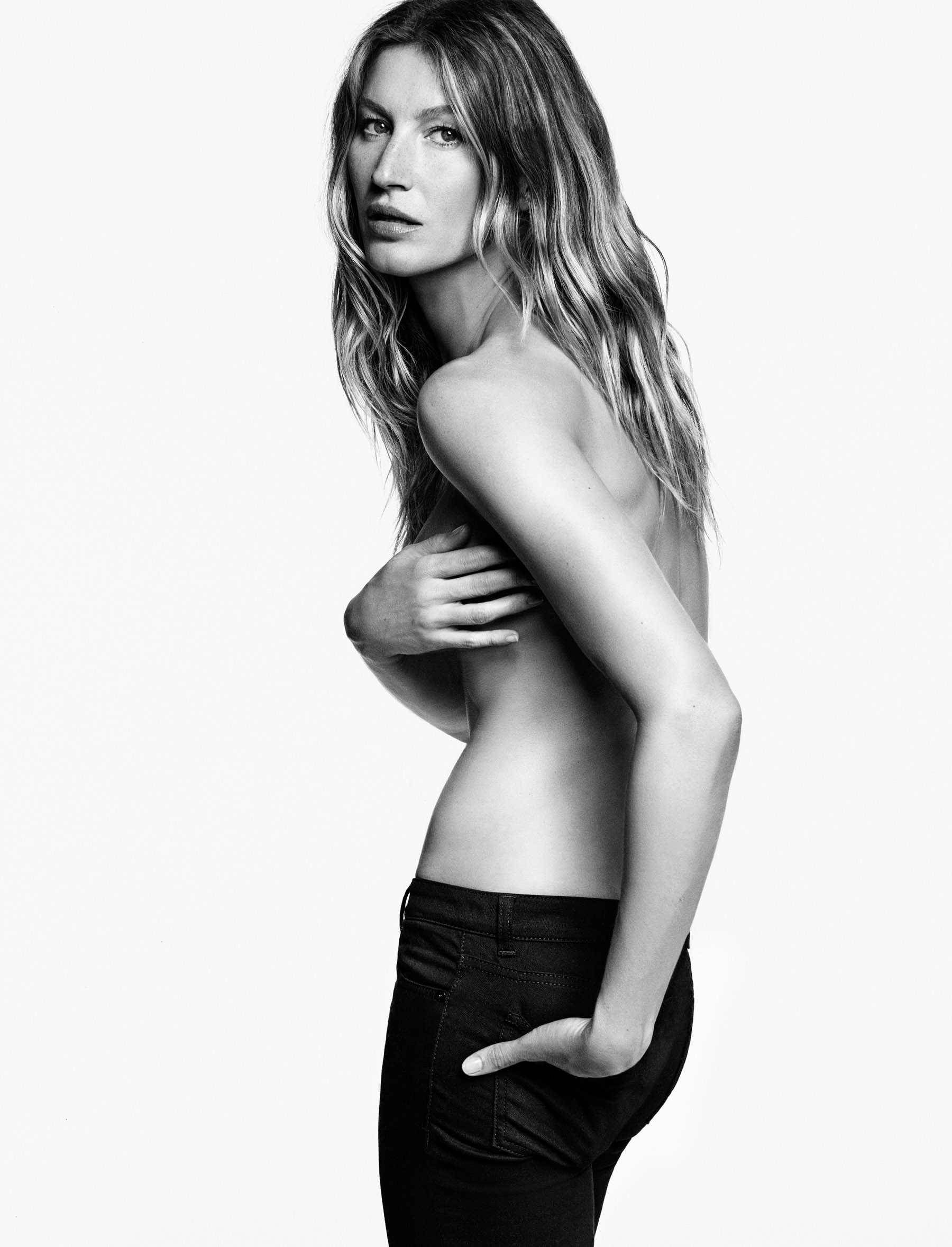

Photos | Courtesy of Luigi & Iango Studio
